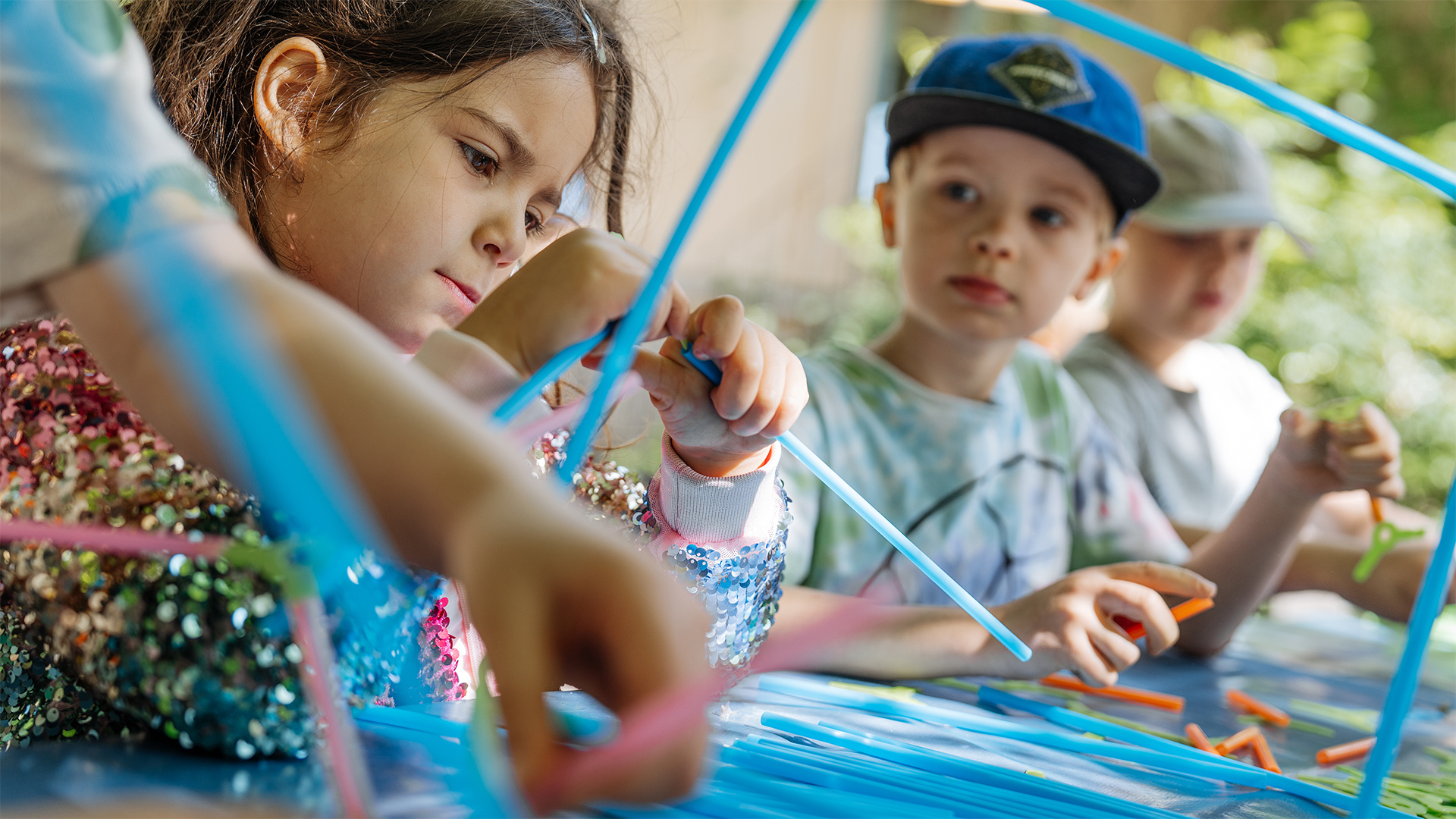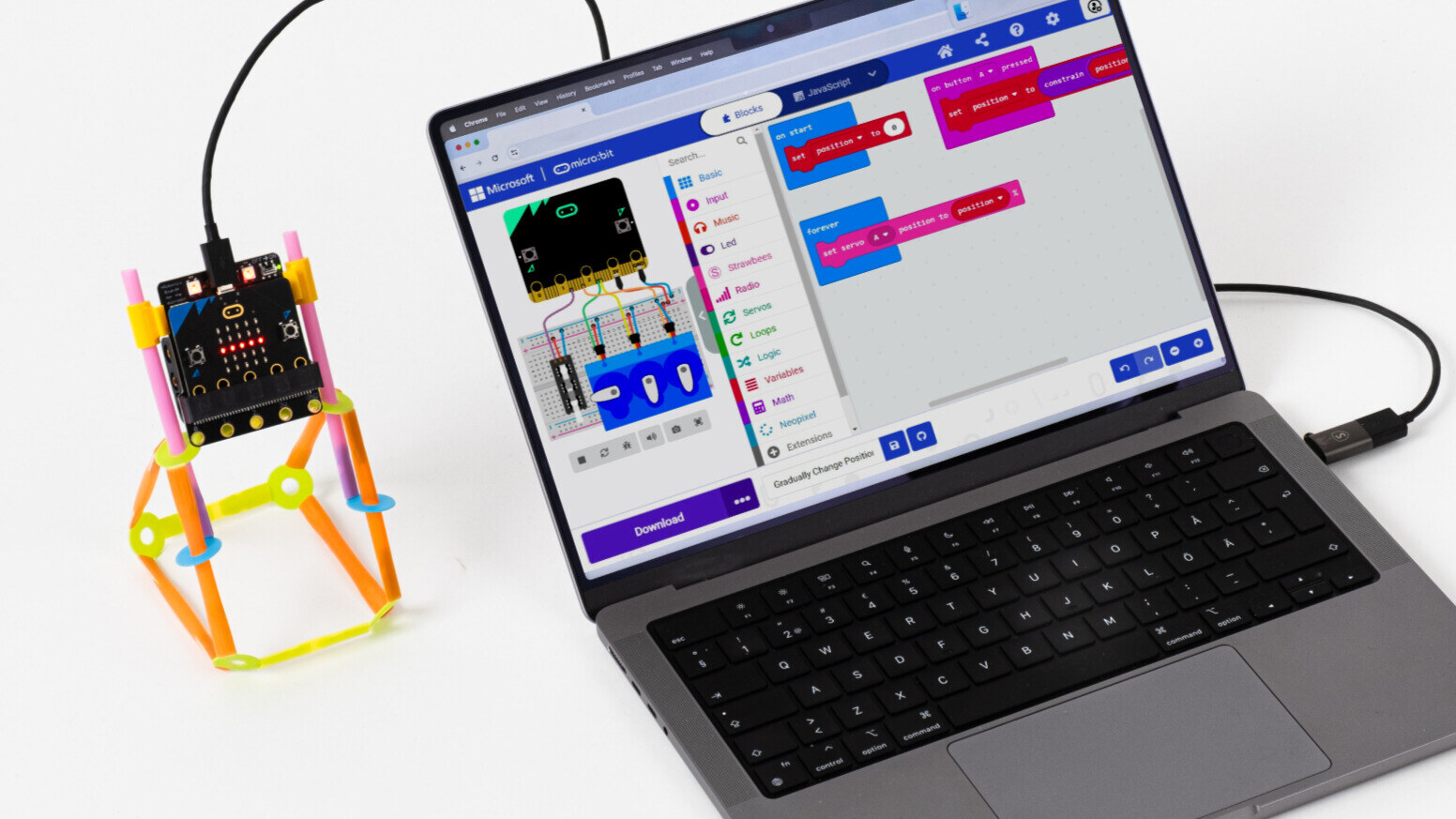Building Confidence in the Classroom: Empowering Learners in STEAM Education
Building confidence in learners is something that can be missed in the traditional classroom but it is an essential 21st-century skill.
Confidence not only empowers learners to tackle challenges but also serves as a catalyst for success, especially in STEAM (Science, Technology, Engineering, Arts, and Mathematics) education. Whether learners are coding complex programs, exploring engineering solutions, or expressing themselves through creative arts, confidence enables them to take risks, innovate, and learn from setbacks.
The Components of Confidence: Willingness and Persistence
Confidence can be understood in two key dimensions: the willingness to try and the determination to persist. Often, the first challenge for learners is simply being willing to engage with new tasks or ideas. In STEAM, this might involve experimenting with a new design, working with unfamiliar technology, or solving complex problems in creative ways. Confidence empowers learners to step outside their comfort zones and take on these new experiences.
However, the true test of confidence comes when things don’t go as planned. This is where persistence becomes vital. Rather than giving up in the face of difficulty, confident learners push through challenges, learning and improving along the way. In STEAM, where trial and error are a natural part of the learning process, persistence is critical. Each failure is a step closer to a successful outcome, and with confidence, learners can navigate the ups and downs of their creative or technical projects.
Turning Failures into Learning Opportunities
One of the most important lessons that can be taught in any educational setting is that failure is not the end—it is a stepping stone toward growth. For many learners, the fear of making mistakes can lead to hesitation or avoidance. In the context of STEAM, however, mistakes and failures are invaluable. They provide insights that guide learners toward better solutions, whether they are refining a design, troubleshooting a robot, or working through a scientific hypothesis.
An environment that encourages experimentation and resilience can transform the way learners view failure. By creating opportunities for them to try, fail, and try again, educators can help build the mindset that failure is part of the process of discovery. This shift not only builds confidence but also helps learners approach future challenges with a greater sense of assurance and creativity.
Confidence as the Key to Creativity in STEAM
Confidence is particularly important in STEAM education because these subjects require creative problem-solving and innovation. Projects in STEAM often involve open-ended tasks, where there is no single “right” answer, and learners must navigate uncertainty. Whether designing a bridge, creating an art piece with engineering components, or coding an interactive program, learners need confidence to explore new possibilities and take intellectual risks.
Hands-on learning tools like Strawbees provide a perfect platform for this. When learners engage in building projects, they are encouraged to experiment, test their designs, make adjustments, and iterate. Each iteration brings new understanding, and learners gain confidence as they see their ideas evolve and improve. This kind of hands-on engagement not only deepens their understanding of STEAM principles but also builds the confidence they need to tackle increasingly complex challenges.
Encouraging Calculated Risks
Confidence also involves the ability to take calculated risks. In STEAM education, this might mean pursuing a more challenging project or trying out a novel approach, even if the outcome is uncertain. For example, a learner working on a robotics project may take the risk of adding new functionality, knowing it could fail—but also knowing that failure will offer new insights that lead to success.
By encouraging learners to embrace creative experimentation and calculated risks, educators can help them develop a mindset that supports long-term success. This approach helps learners understand that taking risks—especially intellectual ones—is a critical part of innovation and discovery. When learners feel confident in their ability to experiment, they become more willing to engage in the kind of deep thinking and problem-solving that STEAM projects demand.
Shifting from Social Comparison to Personal Growth
In many educational environments, learners often measure their success by comparing themselves to others. While social comparison can sometimes motivate learners, it can also create feelings of inadequacy, especially in subjects that require higher levels of creative thinking and innovation, like STEAM. Confidence built on external validation can be fragile, as it depends on how learners perceive themselves in relation to their peers.
Instead, the focus should be on personal growth and effort. Learners who are praised for their perseverance, creativity, and problem-solving are more likely to develop a resilient form of confidence that is not easily shaken by external factors. This shift from comparing to others to focusing on personal progress allows learners to embrace challenges, knowing that the process itself is valuable.
The Role of Hands-on Learning in Confidence Building
Hands-on learning plays a pivotal role in building confidence in STEAM education. Tools like Strawbees offer learners the opportunity to build, create, and problem-solve in a highly interactive way. As learners work on projects—whether it's building a structure, designing a mechanical arm, or creating a robotic art piece—they learn to navigate both the technical and creative aspects of their work.
With each challenge they encounter, learners develop critical thinking and problem-solving skills. More importantly, they gain confidence as they see the direct impact of their efforts. Every design iteration or creative adjustment leads to improvement, showing learners that their persistence pays off. This hands-on experience is essential not only for understanding STEAM concepts but also for developing a mindset that embraces challenges and welcomes new opportunities.
The Educator’s Role in Building Confidence
Educators play a central role in cultivating confidence in learners. By creating an environment where exploration and creative risk-taking are encouraged, they help learners build the confidence to approach problems with curiosity and persistence. Educators can model this by sharing their own experiences with learning and problem-solving, showing that even experts encounter setbacks—and that those setbacks are part of the learning journey.
Additionally, focusing on effort and process rather than just the outcome allows learners to see value in their work, even when things don’t go perfectly. When learners are encouraged to reflect on how they approached a challenge, rather than just the final result, they build a more resilient confidence that will carry them through future challenges.
Educators can also benefit from professional development that equips them with strategies to build confidence in their learners. Training that emphasizes growth mindset, creative problem-solving, and hands-on learning can provide educators with the tools they need to help learners develop the confidence necessary to thrive in STEAM education.
Confidence as a Foundation for Success in STEAM
Confidence is a foundational skill for success in STEAM education. By developing both the willingness to try and the persistence to continue through challenges, learners can unlock their potential to innovate, experiment, and achieve. Confidence empowers learners to approach complex problems with creativity and determination, transforming how they engage with the world of STEAM.
Whether through hands-on projects, creative experimentation, or calculated risk-taking, building confidence helps learners navigate the uncertainties of STEAM subjects with curiosity and resilience. As learners grow in confidence, they are better prepared not only for success in STEAM education but also for the challenges and opportunities they will face in the broader world.
You May Also Like
These Related Stories

Maximizing Learning with Strawbees Classroom: 7 Essential STEAM Tips for US Educators

Understanding and Closing Attainment Gaps in STEAM Education


